‘We have the full range of politics here tonight — from the hard Left to the soft Left.’ The ABC’s Chaser, Julian Morrow, was launching the BBC’s Nick Bryant’s The Rise and Fall of Australia at Sydney’s Gleebooks. It was a tossed-off one-liner but he was right that hardly anyone in the crowded audience was ready to spring to the defence of the mainstream parties or their leaders. They were more drawn to the book’s subtitle: How a Great Nation Lost Its Way. Bryant finds Rudd ‘charmless’, ‘pusillanimous’, best remembered around the world for munching his earwax in Parliament. He dislikes Julia Gillard’s ‘ponderous’ delivery. (Her misogyny speech was a ‘rant’.) He finds Abbott ‘old-fashioned’ and his manifesto Battlelines a ‘lifeless tract’. As for Treasurer Hockey, it is easy to imagine him ‘running a branch of the ANZ in Neutral Bay but not a global bank’. He has no words for Clive Palmer.
So when did Australia become ‘a great nation’? It achieved its ‘greatness’ as a richly endowed part of the Asian or Indo-Pacific century. Not so long ago many of its intellectuals, artists and writers considered Australia a provincial Sleepy Hollow. If they could manage it, they emigrated. But when Bryant arrived in Australia in 2006 he found, to his amazement, not only ‘the life-style superpower of the world’ but a leader in anything from business and sport to the arts — from Gina Rinehart and Cate Blanchett to Steve Waugh and Les Murray. When Australians based in the UK began returning home, fleeing the global financial crisis, the London Times urged them to stay. ‘We need all the Australians we can get. Would they please not go back where they came from?’
So how and when did this ‘great nation’ lose its way? Bryant is precise: ‘Australian politics changed abruptly on 9 July 2006.’ This was the day when News Ltd’s Sunday newspapers carried Glenn Milne’s report documenting the arrangement between John Howard and Peter Costello on their agreed timetable for the handover of the leadership. But Howard would not budge. He and his parliamentary loyalists introduced the new era of instability. Their bequest to the country was the infamous Rudd-Gillard-Rudd episode.
Bryant sees few signs of hope in the immediate future, despite the change of government. He has a list of exemplary scandals. It includes a senator performing the ‘hokey pokey’ while debating climate change; a federal minister supporting the carbon tax by singing ‘No Whyalla Wipeout’ to a Skyhooks hit; another minister (later leader) declaring, ‘I don’t know what Julia Gillard said but I agree with her’; a state MP sending his mistress a photograph of his penis dunked in red wine; another state conservative is said to have sensually sniffed a female staffer’s chair. They illustrate a new weirdness, barbarism or triviality in our elected representatives. ‘Australians find themselves in the anomalous situation of witnessing simultaneously the rise and fall of their country.’
But Bryant overplays his hand. It is easy to select bizarreries from the parliaments of the world, especially from democracies. The media love them but democracy survives. Bryant scores on one point — the Australian devotion to parliamentary ‘spills’ and ‘rolling’ leaders. In three months last year we had three different prime ministers. Federal Labor had five leaders in seven years and the Liberals four in three years. NSW state Labor had four premiers and a fifth leader in seven years.
In the Q&A at the Gleebooks launching, Eva Cox (she of the 60 cent stamp) raised the question, why is the hostility between the political parties at its worst ever, although their policies are almost the same? Bryant’s response is that the parties are no longer about policies, only about winning. Party hostility is the box office of political theatre. But party differences — on policies from border protection and climate change to foreign policy and the budget — are real. So are the passions driving them. Yet Australians remain basically moderates who do not follow the minority voices of hate and bitterness.
For whom is The Rise and Fall of Australia written? Bryant says he wrote it for Australians, including expats. There are too many allusions that would baffle non-Australian readers. Despite his reservations, he has ‘a deep affection’ for Australians. (He fondly recalls the old days when Don Bradman took 19,000 food parcels to Britain and Prime Minister Chifley paid Harold Larwood’s bed and board when the bodyliner migrated to Australia.) He acknowledges help from scores of Australian journalists (including the editor of this magazine).
Australians have erected statues all around the country to honour national or local heroes — explorers, businessmen, cricketers, footballers, politicians, poets, not to mention kings and queens. But as far as I can establish there is only one statue of a journalist. It is the long forgotten Daniel Deniehy in a niche on the Gresham Street side of the Lands Department building in Sydney, erected because of his fiery advocacy of land reform in the newspapers he edited in the mid-19th century. Under the monument on his grave in Waverley Cemetery are the lines:
The vehement voice of the South
Is loud where the journalist lies
But calm hath encompassed his mouth
And sweet is the peace in his eyes.
There will be no statue for the author of The Rise and Fall of Australia. But his book is a timely record of what he calls ‘the happiest journey of my life’.
Got something to add? Join the discussion and comment below.
Get 10 issues for just $10
Subscribe to The Spectator Australia today for the next 10 magazine issues, plus full online access, for just $10.
You might disagree with half of it, but you’ll enjoy reading all of it. Try your first month for free, then just $2 a week for the remainder of your first year.

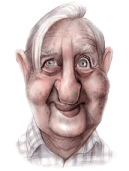
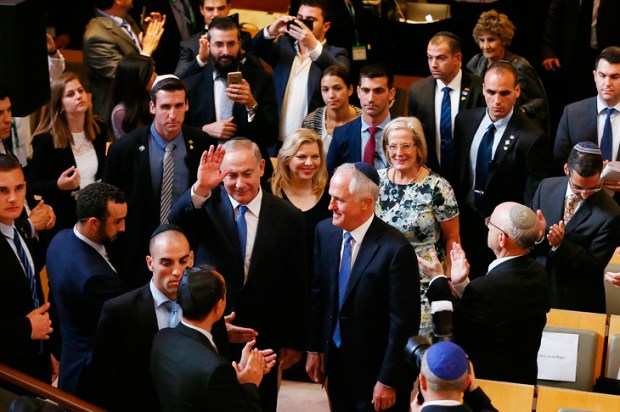
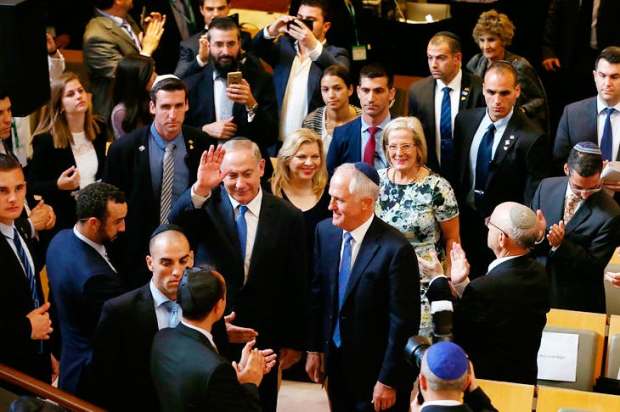
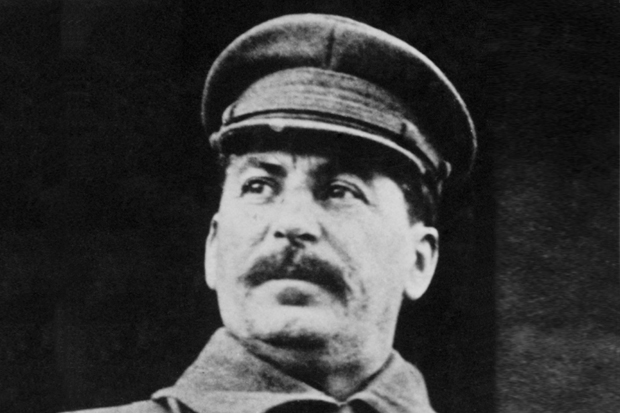
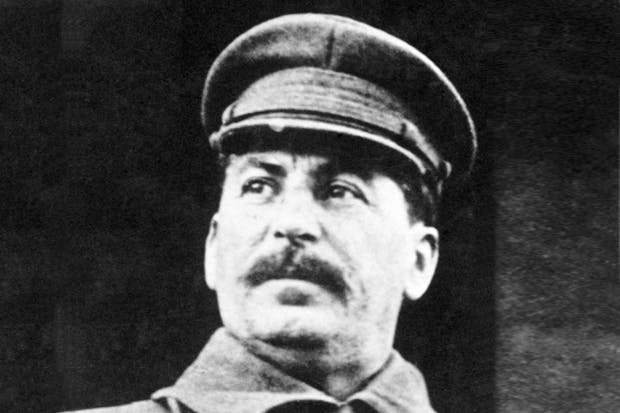







Comments
Don't miss out
Join the conversation with other Spectator Australia readers. Subscribe to leave a comment.
SUBSCRIBEAlready a subscriber? Log in